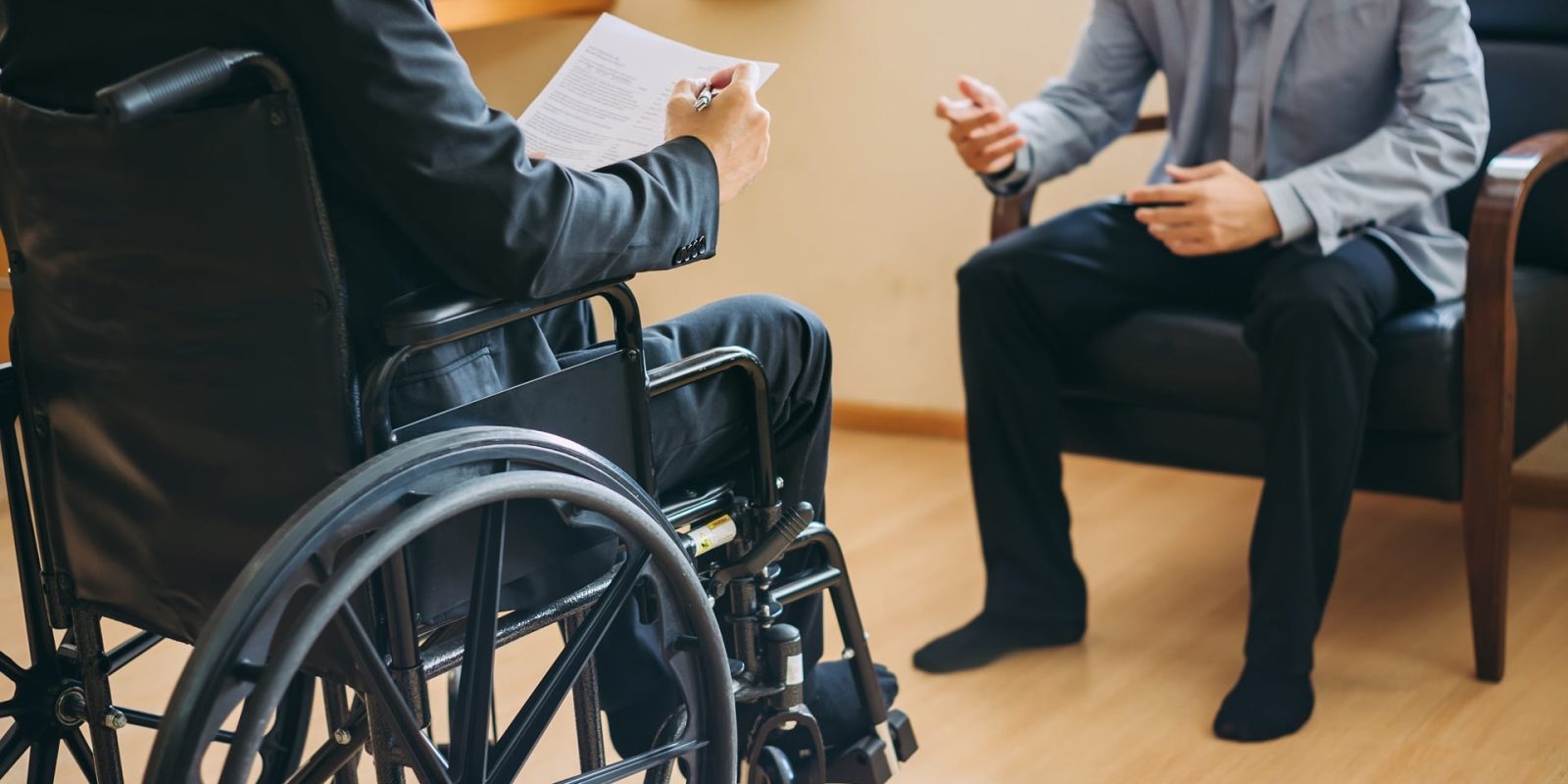Protecting employees is an integral part of a company’s culture. That’s why Boeing takes a proactive approach to providing best-in-class disability services. If you are disabled due to pregnancy, the company will pay a portion of your salary for up to 26 weeks. This time away from work is called a leave of absence (LOA). The company has two types of disability benefits.
Environmental Protection Agency (EPA)
You’ll be able to find help for the kinds of issues that can keep you from working. The EPA is an agency-wide office that oversees programs, including the student loan repayment program. It provides policy guidance for EEO compliance, workforce management, training and learning, awards and recognition, performance assessment, and HR information systems. The EPA also provides a medical coverage plan for you and your family to help pay for costs associated with a disability that lasts more than six months. Boeing employee benefits provide the coverage, and it is administered through a third party.
Your eligibility for Long Term Disability is determined by the length of your Medical Leave of Absence (MLOA). If you’re eligible, you’ll receive 60% of your average salary after waiting. Suppose you already have medical coverage through an employer-sponsored group policy or another type of social insurance. In that case, you’ll typically submit your claim to the group plan before seeking long-term disability benefits.
Employee Assistance Program (EAP)
The employee assistance program, or EAP, is the foundation of your workforce’s emotional wellness. However, it needs to be noticed and utilized more. In many cases, employees must realize they have access to the program or are hesitant to reach out due to fear of stigma. The best EAPs offer confidential counseling sessions to help employees and their families cope with various issues. These issues could include financial worries, addictions, and work-related stressors.
Although particular EAPs charge for specific services or ongoing counseling sessions, EAP services are typically provided to employees and their families at no cost. An EAP specialist can determine the most appropriate resource based on the employee’s unique situation. The specialist can also provide a list of outside resources for additional support if needed. For example, an employee might need help with caregiving as his mother’s Alzheimer’s diagnosis progresses. The EAP may connect him with a home health care agency for home visits and caregiving advice.
Stay at Work/Return to Work Program (SAW/RTW)
RTW programs are essential to keeping injured workers engaged and productive while recovering from injuries. They also help to reduce medical, legal, and disability insurance costs. Many workers’ comp insurers offer RTW program support to their policyholders and can provide a handbook, a checklist, and forms for setting up your program. The Council of State Governments also offers a toolkit for developing state policies that provide transitional employment and modified duty. The best way to set up your RTW program is to assign a coordinator to oversee it. This person should be a trusted employee with good administrative and people skills. They should ensure that all workers report their injury or illness promptly, follow company protocols, and always work within the physician’s restrictions. RTWCs also ensure that all employees know how the RTW process works. They also inform you about your worker’s progress and any accommodations that may be needed.
On-Site Clinics
On-site clinics offer a variety of healthcare and wellness services to employees. In addition to treating workplace injuries, they can help prevent illness and injury by promoting health and wellness programs. These clinics can be staffed by registered nurses or physicians’ assistants and nurse practitioners. They also can have diagnostic capabilities such as X-ray and ultrasound machines. If you have long-term disability coverage through The Boeing Company, you must satisfy a waiting period before your benefits will begin. It’s usually 30 days or more. Sometimes, a more extended elimination period may apply for non-work-related disabilities.

